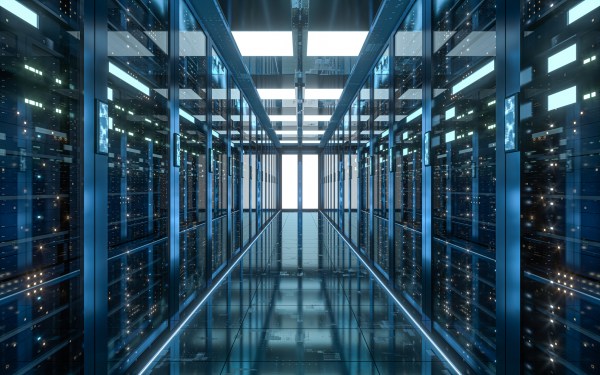Modern, energy-efficient hardware is much cooler (and quieter) in use than traditional hardware. Even so, it still generates significant amounts of heat (especially when it is densely packed). This is why all data centers need both effective cooling systems and robust fire detection systems. Here is a quick guide to what you need to know.
Fire risks in data centers
Here is an overview of the 7 main causes of fires in data centers.
Equipment being too densely packed: When servers and other IT equipment are packed too closely together, airflow can be restricted, leading to inefficient cooling. This can cause localized hotspots where temperatures are high enough to cause equipment to ignite.
Issues with cooling: Cooling systems in data centers are essential for maintaining optimal operating temperatures for equipment. Faults in these systems can cause temperatures to rise rapidly, causing equipment to overheat and potentially ignite.
Electrical faults: Electrical faults, including short circuits, overloaded circuits, and faulty wiring, can generate sparks or excessive heat, leading to fires. Poor maintenance or aging electrical infrastructure often exacerbates these risks.
Battery faults: Uninterruptible power supplies (UPS) and other backup power solutions often rely on batteries that can fail or overheat. Thermal runaway in lithium-ion batteries is a particular risk.
Contaminants and debris: Dust, fibers, and other particulate matter can accumulate in data centers, especially in environments without strict cleanliness protocols. These contaminants can cause short circuits or insulate heat-generating components, increasing fire risk.
Human error: Human activities such as improper maintenance procedures, accidental damage to equipment, or mishandling of electrical systems can inadvertently cause fires. Misconfigured equipment can also lead to overheating or electrical faults.
Arson: Individuals with malicious intent may intentionally start fires, either to disrupt services or as a diversion from a broader attack.
Potential consequences of fires in data centers
Fires in data centers not only create the potential for service disruption and data loss but can also place data center staff in danger. In a worst-case scenario, the incident may spread beyond the data center and cause damage in the wider area. Beyond the financial risk this creates, fires can, therefore, cause legal issues and lead to serious reputational damage.
Mitigating risks with early warning systems
One of the most fundamental principles of risk mitigation is to identify risks as quickly as possible. Advanced fire detection systems ensure that data center staff have as much time as possible to decide how to address the issue. In particularly serious cases, they can provide extra time to evacuate the area and for the emergency services to arrive.
Types of early warning systems
Here is an overview of the five main types of early warning systems.
Smoke detection systems
Smoke detection systems utilize sensors to detect the presence of smoke particles in the air. These systems employ various technologies, including ionization, photoelectric, and aspirating smoke detection (ASD).
Ionization detectors use a small radioactive source to ionize air particles, which are then attracted to a charged plate, causing a current flow when smoke enters the chamber.
Photoelectric detectors use a light source and receptor; when smoke particles scatter light, it triggers the alarm.
ASD systems draw air from the environment through a network of pipes to a central detection unit, where highly sensitive sensors analyze air samples for smoke particles.
Heat detection systems
Heat detection systems monitor temperature changes within a specific area. These systems can be categorized into fixed temperature detectors and rate-of-rise detectors. Fixed temperature detectors activate when the ambient temperature reaches a predetermined threshold, indicating a potential fire. Rate-of-rise detectors trigger alarms if the temperature rises rapidly within a short period, suggesting the presence of a fire.
Flame detection systems
Flame detection systems utilize optical sensors to detect the presence of flames or the specific wavelengths of light emitted by fires. These sensors operate in the ultraviolet (UV), infrared (IR), or both spectrums. UV detectors are sensitive to the ultraviolet light emitted by flames, while IR detectors detect the heat radiation produced by fires. Dual-spectrum detectors combine both UV and IR sensors for enhanced flame detection accuracy.
Air sampling systems
Air sampling systems, also known as aspirating smoke detection (ASD) systems, continuously draw air samples from the environment through a network of pipes to a central detection unit. Within the detection unit, highly sensitive laser-based technology analyzes air samples for the presence of smoke particles. These systems can detect smoke at very early stages, often before it is visible or sensed by conventional smoke detectors, providing advanced warning of potential fire incidents.
Combination systems
Combination fire detection systems integrate multiple detection technologies into a single system. By combining different detection methods, these systems offer comprehensive coverage and improved reliability in detecting various types of fires.







